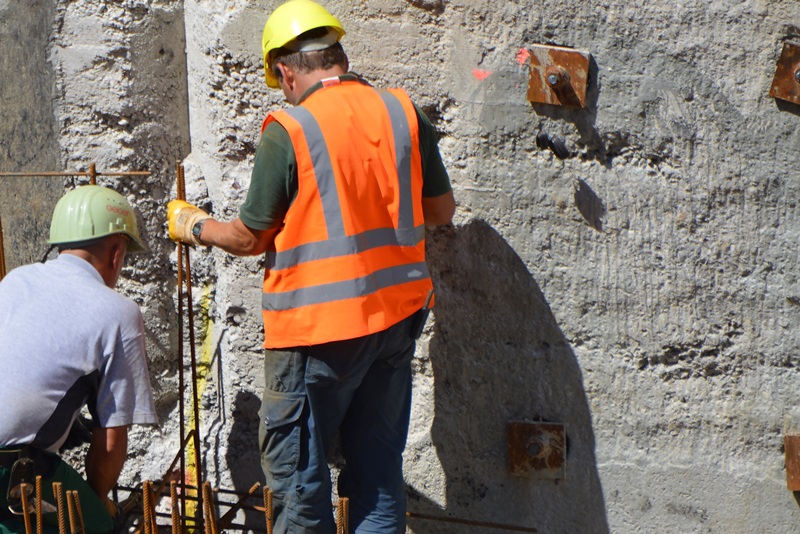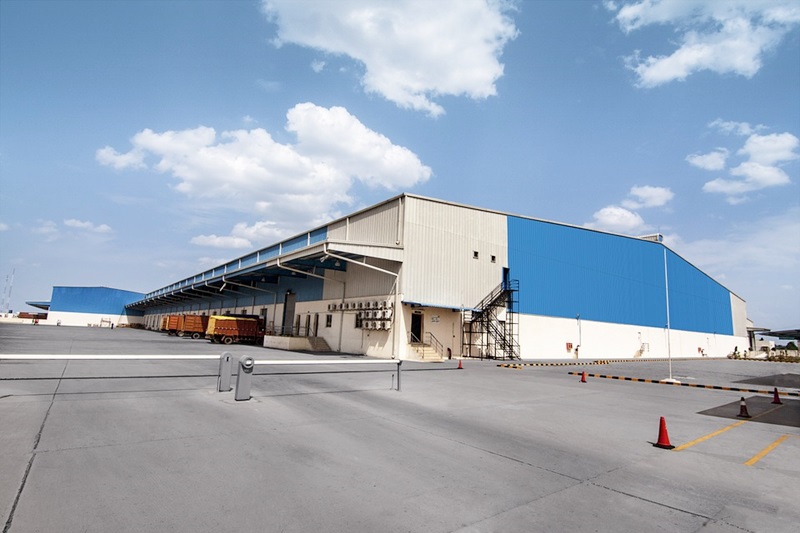Waterproofing is an aspect that should not be ignored in the construction of commercial buildings. Moisture and humidity could cause serious damage to any property, over a long period of time. Water and moisture could seep into the crack of the walls and floors, a serious threat to the stability of the structure.
A commercial building should be properly monitored over time to determine if there are water seepage and moisture problem occurring after construction. Property managers and owners would often hire commercial damp proofing professionals to inspect the property regularly.
Waterproofing inspectors would check different aspects of commercial inspection like detecting leaks and recommending repairs for it. Inspectors should not recommend “easy fixes” which could eventually cause more serious problems in the future. They would also recommend the proper sealants that would be suitable for the building’s condition and even colour.

Structural problems are not the only dangers of water seepage, moisture and humidity. These conditions could cause moulds and mildew to grow. Such growth could be detrimental to the health of the residents or workers in the building. Severe mould and mildew growth could sometimes cause the building to close down for treatment.
Rain and storms are not the only elements that a commercial building should be prepared for. Internal air condensation and water leaks could also contribute to the building’s moisture accumulation. Using permeable or poor materials and badly sealed structures are also factors.
There are different kinds of commercial waterproofing that building owners and managers could take advantage of.
- Waterproofing surfaces using sealants, paints, coating plates, epoxic materials, polymer, silicone, plastic and metal coats.
- Waterproofing products which are already part of the concrete or could be mixed with to improve its resistance against moisture
- There are also waterproofing materials that would help the structure to deal with changing temperature like emulsions and asphalts which are water or solvent-based.
- Interior waterproofing systems that would remove water which is accumulated inside. A French drain could be used to channel the water out of the building which would be eventually pumped out of the building through a sump pump.
When hiring a commercial waterproofing or damp-proofing provider, the first thing that you should do is check the credentials of the provider. Check previous clients and if they were satisfied with the work. There are different building codes that could cover building waterproofing. It is important that these codes are followed, you could check previous contractors if they were able to meet these requirements.
Before signing any kind of contract, make sure that the system they would be installing or recommending to you would actually improve the building condition. There are some providers who would recommend a low-priced alternative, but they actually cause more harm than providing a solution.

 by
by 

